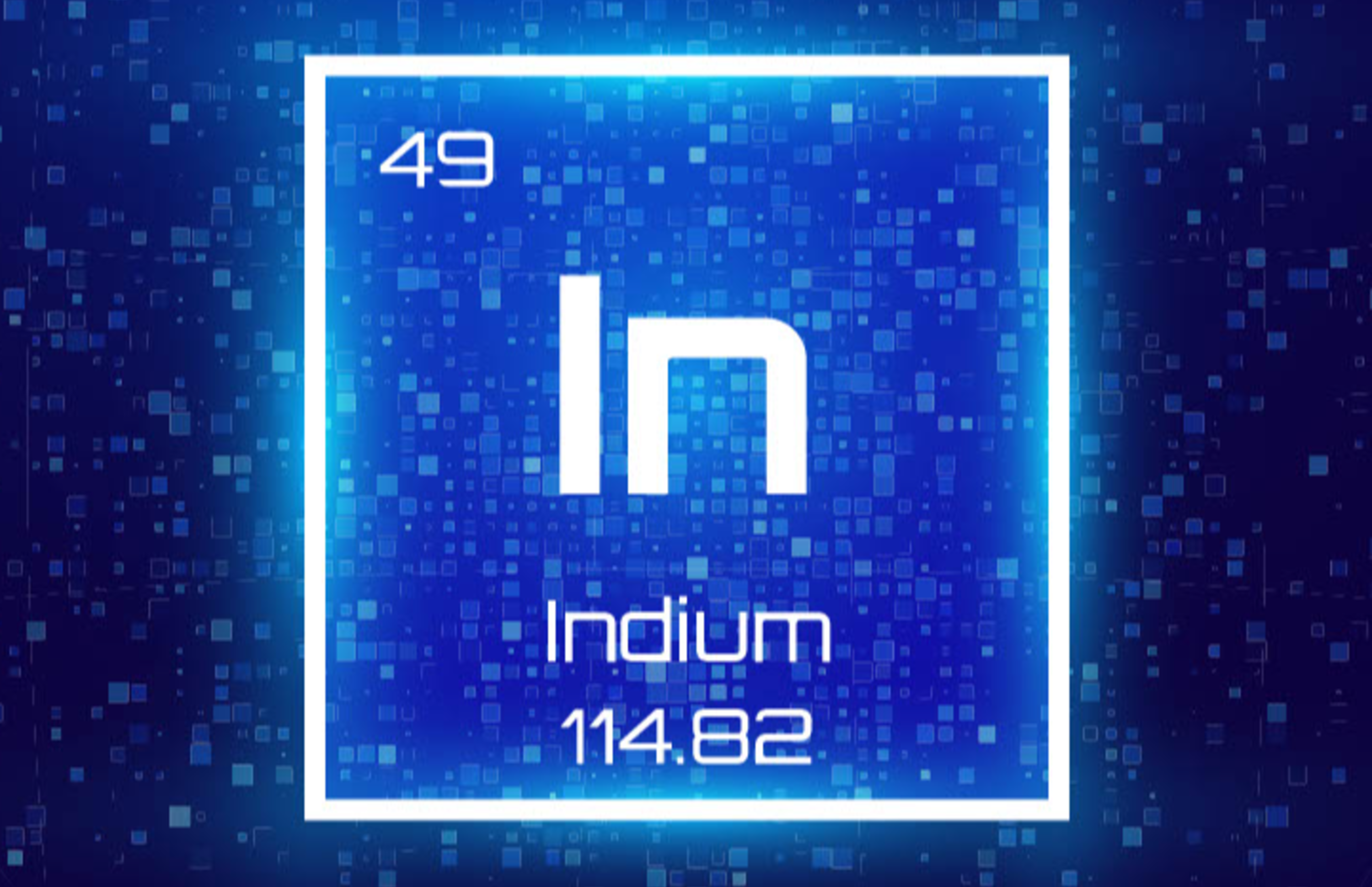Chinese export restrictions may disrupt indium market
Opinion Pieces

7
Feb
2025
Chinese export restrictions may disrupt indium market
On 4 February 2025, the Chinese Ministry of Commerce and the General Administration of Customs issued a joint statement announcing restrictions on indium exports to “safeguard national stability”
After multiple waves of export regulations imposed by the USA to limit China’s high-end semiconductor manufacturing capabilities, China has responded with new restrictions on some indium-related exports. The country first imposed export controls on gallium and germanium metal in July 2023, requiring companies to obtain licences for access, with the regulations taking effect in August 2023. In December 2024, China escalated these measures by outright banning germanium and gallium exports to the USA.
Following the possibility of a 10% additional tariff on all Chinese goods entering the USA under the Trump administration and the Biden administration’s increase of semiconductor import tariffs from 25% to 50% under Section 301 announced in September, China retaliated, continuing the trend of escalating trade controls.
China dominates global indium supply, primarily producing it as a byproduct of zinc and lead refining. Secondary production from spent indium tin oxide (ITO) targets has grown significantly in China, competing with the recycling industries in Japan and South Korea.
Project Blue estimates that the majority of indium demand is concentrated in Asia. Chinese indium demand is estimated at around 53% of global demand. Japan and South Korea make up 26% of demand, while demand in the USA stands at around 5% of the total.
The imposed restrictions affect the export of indium phosphide, trimethyl indium, and triethyl indium, as well as the technology and data required to produce products using these items. While Chinese producers will likely apply for export licences to ship these materials outside the country, the impact on ex-China indium metal prices is expected to be minimal, and the trade of indium metal and scrap is anticipated to continue as usual. However, semiconductor manufacturers relying on indium phosphide for microelectronics production outside China may face supply disruptions.